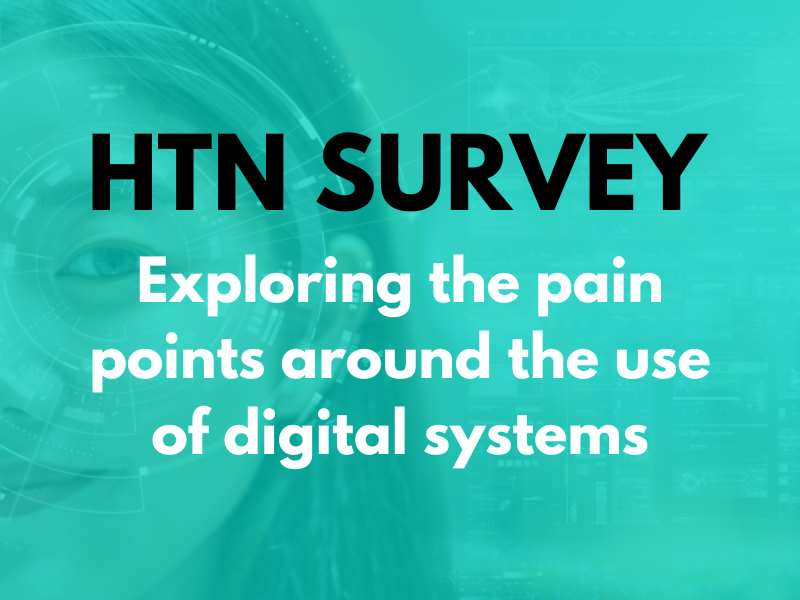South Yorkshire has published its data and insights strategy for 2024-2026, setting out ambitions to build an intelligence-led system using data to improve health and wellbeing outcomes and experiences, with focus on evaluating care pathways, improving population understanding and tackling health inequalities.
The strategy sets out a number of key initiatives, including the delivery of a South Yorkshire data platform to curate health information and help build understanding around the wider determinants of health, making them accessible through a collaborative platform suitable for analytics. The platform will include all core commissioning datasets along with others including a primary care dataset, near real-time feeds from partner organisations, Met office data, and capacity and demand data from across the system.
Ambitions around the platform include enabling real-time reporting to support operational delivery and decision making; providing fully-linked and longitudinal datasets to analyse both individual patient journeys and wider population health management; and supporting population segmentation and risk stratification. The ICS emphasises that the platform will be user-centred and will allow access to other partner organisations to enable co-creation of insights, assisting the system in developing a “single version of the truth” approach. It will also “provide a base to develop federated analytics in line with national direction,” the ICS adds, “reducing the risk of sharing data by using a virtual platform to collate and analyse data using the national federated data platform.”
Also on analytics, South Yorkshire plans to expand its capabilities with the use of innovative tools and techniques such as machine learning. The ICS will work with users to develop the tools that users want to see, including capacity and demand modelling; pathway scenario modelling; priority identification; failure demand; population need and risk identification; and real-time pressures forecasting. Work will also focus on triangulating quantitive data with qualitative data such as learning from incidents and citizen feedback, and on combining new sources of data such as genomics to help identify and prevent diseases. Through this work the ICS seeks to support system planning and improve productivity, as well as developing new integrated care pathways and deepening understanding of patient outcomes.
Regarding collaboration, another plan is to build an ICS Data and Insight Alliance, designed to promote skill-sharing around data across the system; and to “collectively maximise” opportunities for collaboration and sharing of data with research partners across South Yorkshire and wider networks.
Through the alliance, communities of practice are to be developed around five key topics: advanced analytics, data engineering, data quality and maturity, visualisation and data journalism and workforce data. This work includes a ‘change advisory board’ called the InSYghts Platform, which seeks “to ensure continual and iterative improvement” to support delivery of insights across the system. Other projects in this area will include holding ‘hackathons’ to develop insights around key challenges in the region; and identifying skills gaps and ideas for how to address them within the community.
On maximising opportunities for sharing of data, the ICS shares plans to make data available to support clinical trials, real-world evidencing and AI development; and to place focus on involving academia, research and innovation partners in the alliance, actively working with research partners on funding bids in order to draw projects to the region.
The fifth initiative is to support development of a “data-literate, insight-led health and care system” utilising data to help understand and tackle health inequalities and ultimately improve population health. Here, South Yorkshire aims to provide an access-controlled platform for sharing reports and dashboards across the ICS; to provide improved analytical insights alongside reports to draw focus to “key points of interest”; and to incorporate population segments by ethnicity and deprivation into data to help tackle inequalities.
A roadmap of planned activity indicates that the InSYghts Platform and ICS Data and Insight Alliance have been priorities for the ICS for the first half of this year.. The second half of 2024 into 2025 sees the ICS focus on actions such as expanding InSYghts, increasing incorporating qualitative data into analysis, and embedding the Offices of Data Analytics model, as well as developing new and existing products. Further ahead, focus will be placed on embedding advanced analytics and evaluation skills along with continued expansion of datasets in the SY DataCentre and progressing partner relationships.
Looking to 2026, the ICS aims to be in a place where advanced insights drive operational decision-making, and population needs are routinely forecast. A data strategy refresh will follow, taking into account progress made to date.
The strategy can be found in full here.
Healthcare data: in the spotlight
Last week we shared a blog from Mark Cubbon, group chief executive at Manchester University NHS Foundation Trust, in which he shared how the trust is placing focus on data and digital.
We explored a guide for innovators from Health Innovation Kent Surrey Sussex, designed to support consideration of how data use, design, development and implementation of innovations can help in achieving health equity.
Also in August, HTN examined the new Digital and Data Capability Framework launched in Scotland with the aim of supporting digital skills and competencies across the entire health and social care workforce.
South Yorkshire: the wider trend
Yesterday we reported the news that Doncaster and Bassetlaw Teaching Hospitals NHS Foundation Trust selected a new enterprise imaging radiology information system.
We recently looked into a trial at Sheffield Teaching Hospitals which utilises smart technologies to try and reverse the risk of nerve damage in people living with type 2 diabetes.
And in spring, HTN highlighted the launch of a smartphone app by Barnsley Hospital, intended to help children feel “comfortable” before procedures by offering them a virtual tour.





